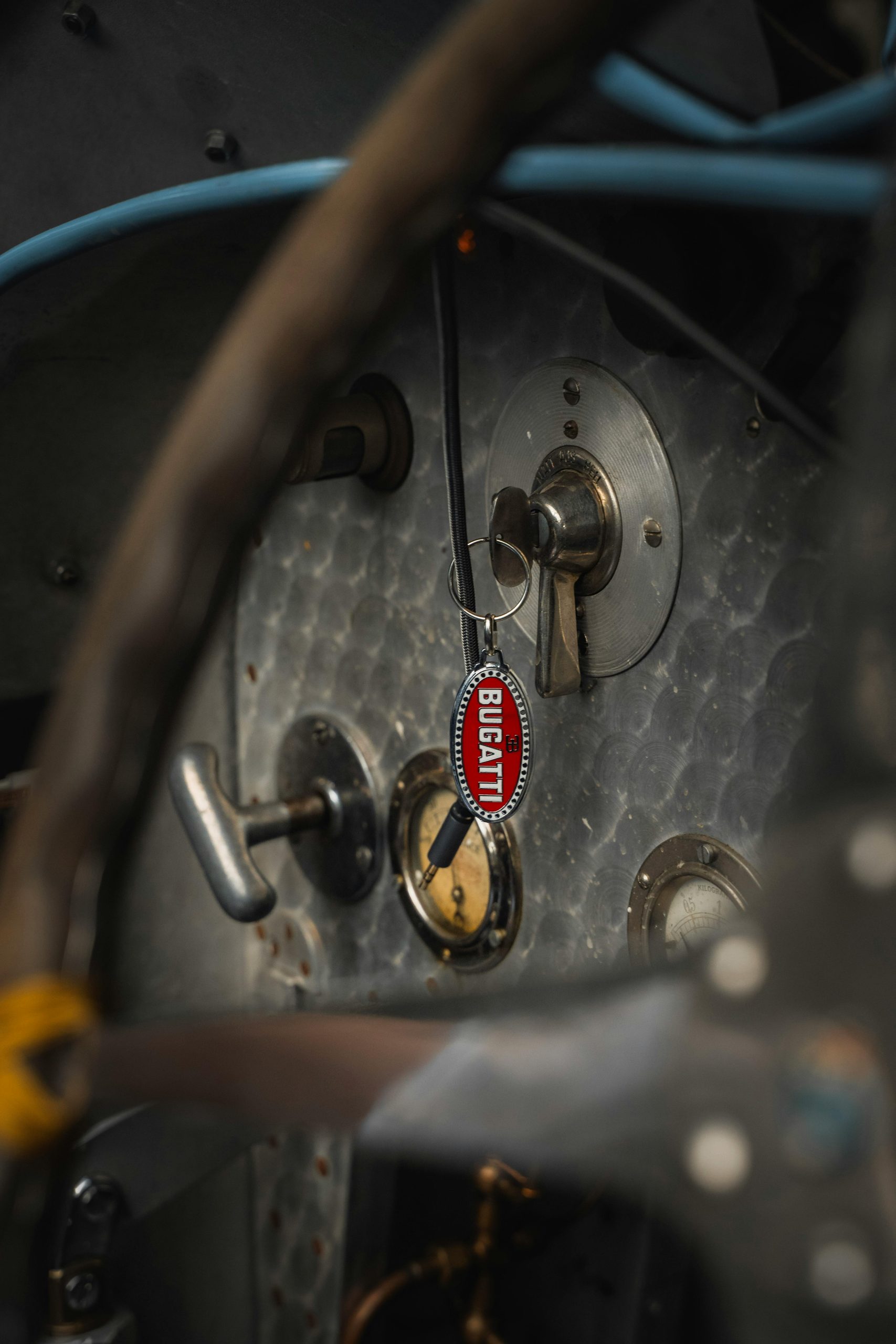The Curious Case of Yellow5 in Pickles: Is Artificial Dye Taking Over Our Food?
As consumers, we often assume that the food we buy is safe and made from natural ingredients. However, a troubling trend has surfaced that raises questions about the integrity of some supposedly simple foods. Take, for instance, the presence of Yellow5 in pickles. Yes, you read that right. This artificial dye, known to add vibrancy to various products, has found its way into a jar of pickles, leaving many of us scratching our heads in disbelief.
You might wonder, what possible reason could there be for adding a synthetic color to something as straightforward as a cucumber? It begs the question—do we need to dye these vegetables simply to maintain a particular aesthetic? It appears counterintuitive for a company to incur costs to enhance a product with a color that offers no nutritional value. After all, natural cucumbers possess their own appealing green hue without the need for additives.
Let’s consider the brand Mt. Olive, which is often associated with the benign notion of “Make-A-Wish.” While it’s admirable to support charitable causes, I can’t help but wish for something more fundamental: the elimination of potentially harmful ingredients from our food supply. On a personal note, as someone with allergies to food dyes, I was dismayed to discover that a product I assumed was wholesome contained such an unnecessary additive.
The irony is that I was simply looking forward to enjoying a natural snack—something sourced straight from the ground—without second-guessing my choices. Moving forward, my food purchasing strategy may need to change dramatically; I might have to start buying two apples—one to send off for testing in a lab and another to enjoy once I have confirmed it is free from harmful substances.
Unfortunately, this isn’t an isolated incident. It seems that artificial colors are becoming a common ingredient in products that should remain untouched. If this trend continues, one can’t help but suspect that it may indeed be a deliberate choice by manufacturers to cut corners or enhance their product’s appeal, at the expense of consumer health.
It leaves me wondering: how can we, as consumers, challenge this norm and advocate for transparency in food labeling? I fully believe that we deserve to know what is truly in our food. Change is overdue, and I invite you to join me in calling for a return to simpler, unadulterated ingredients. What are your thoughts on this issue? Are you as frustrated as I am?



